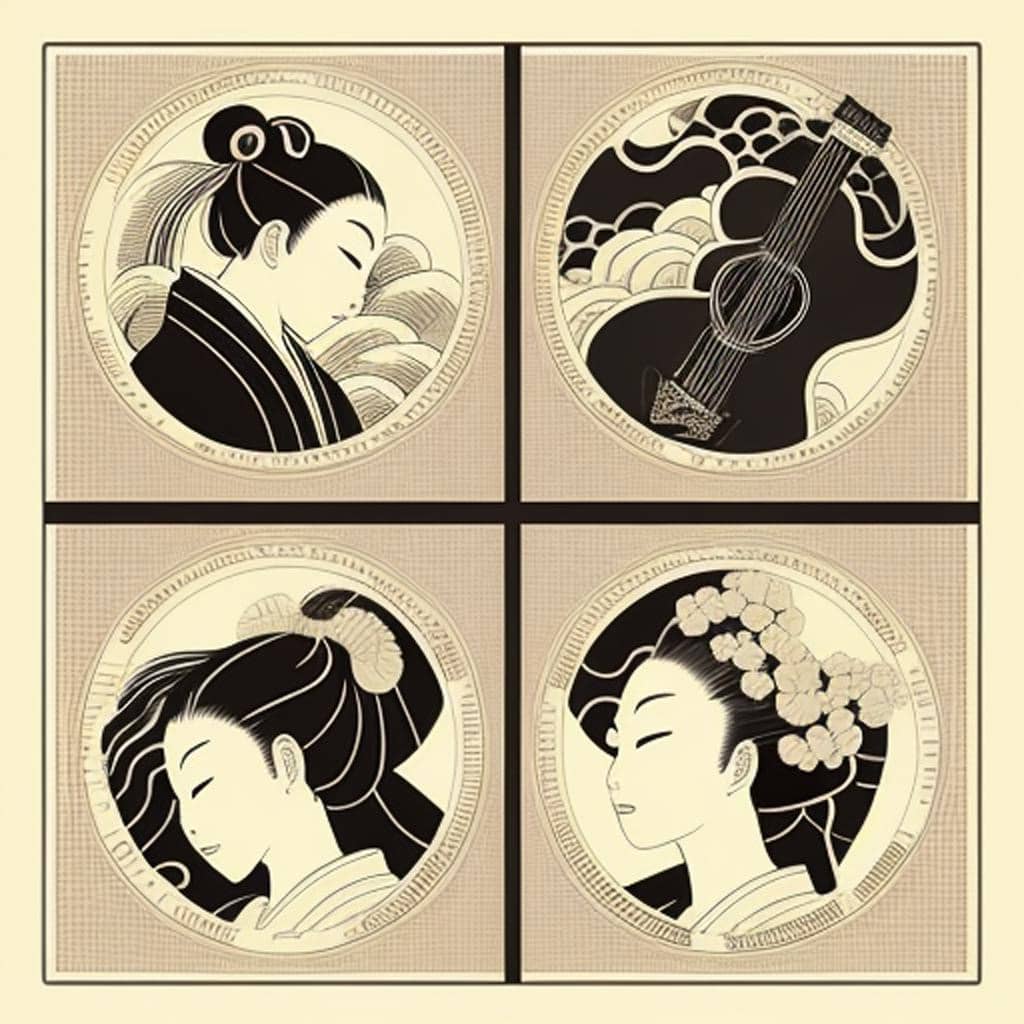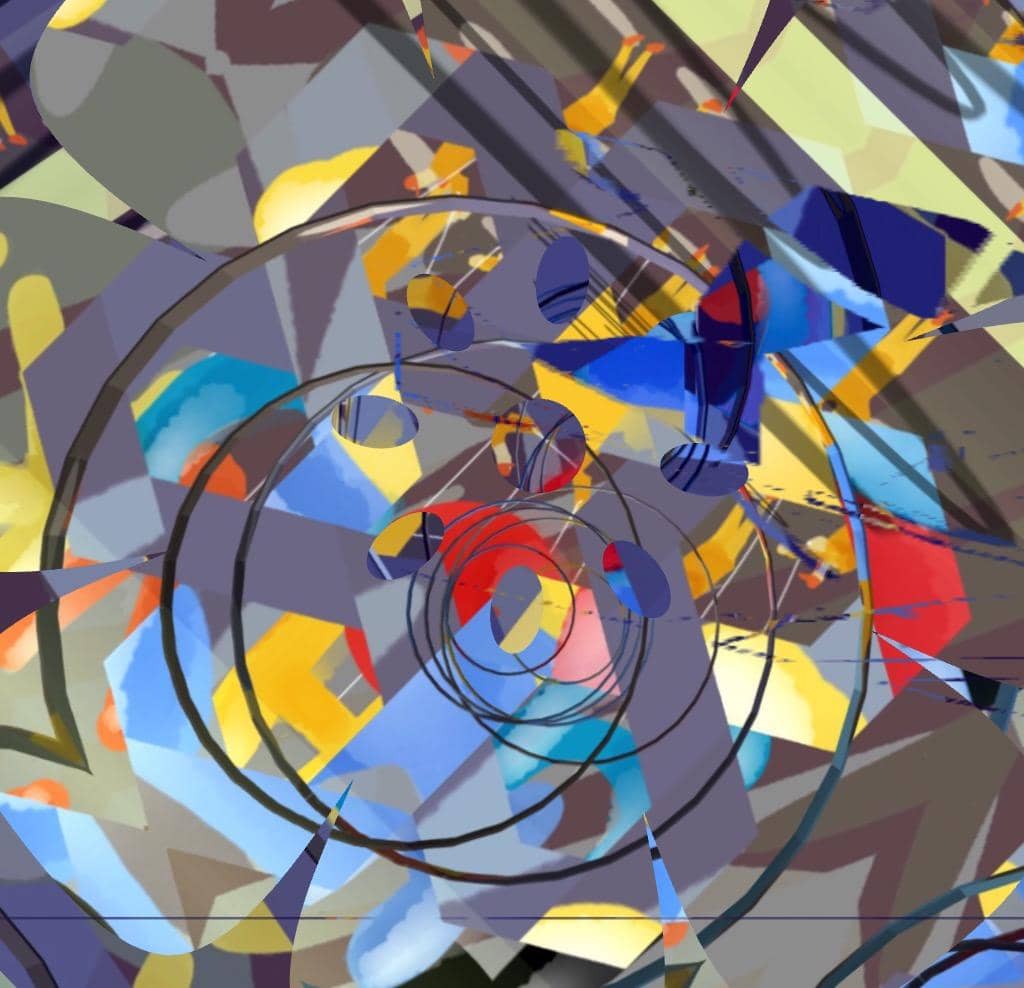
Table of Contents
The A G C D chords and their characteristics!
Note: As for now, the musical chords AGCD don’t represent any commonly known or standard chord progression in music theory. Chords in music are typically represented by combining individual notes from the musical alphabet, which consists of the letters A through G.
The most common chords are triads, which are built by stacking three notes: the root, the third, and the fifth. For example, the chord C major consists of the notes C, E, and G.
Let us consider each one and their unison:
A Chord
The A chord is a fundamental triad, commonly referred to as the A major chord. It is made up of the notes A, C#, and E. The A major chord has a bright and uplifting sound and is often used as a stable and pleasing foundation in many musical compositions.
G Chord
The G chord is another triad, known as the G major chord. It comprises the notes G, B, and D. The G major chord has a warm and open feel and is frequently employed in various genres, especially in folk, rock, and country music.
C Chord
The C chord is, yet again, a triad called the C major chord. It consists of the notes C, E, and G. The C major chord is one of the most basic and widely used chords in music. It has a simple and pure quality, often considered a starting point for beginners learning the guitar or piano.
D Chord
The D chord is also a triad referred to as the D major chord. It is made up of the notes D, F#, and A. The D major chord has a strong and bright sound, making it a popular choice in many upbeat and energetic songs.
Unison
In music, unison refers to two or more musical parts playing the same pitch simultaneously. In the context of the A G C D chords, the unison can be understood as playing the chords in a specific arrangement where they all start at the same time, creating a harmonically rich and full sound.
Depending on the musical context, these chords can be used together in a progression, such as A – G – C – D, to create a chord sequence with a distinct tonal quality and emotional impact. The exact effect and emotional response may vary based on factors like rhythm, instrumentation, and the overall arrangement of the music.
As with any musical composition, the way these chords are employed, and how they interact with other elements, will ultimately determine the overall musical experience and emotional journey for the listeners.
Shop Corner
Music Chords on Amazon
Do you play music or chords?
Sources openai Language models, aitrot, picsart and mib
Embark on a journey into the realm of affiliate marketing and craft your own website within a vibrant, supportive community. Join me in this adventure, where you can begin as a free starter and stay as long as you desire. Enjoy complimentary hosting and foundational teachings to set you on your path. For those with advanced skills, opportunities to elevate your expertise await. Take a moment to explore and witness the magic for yourself!




